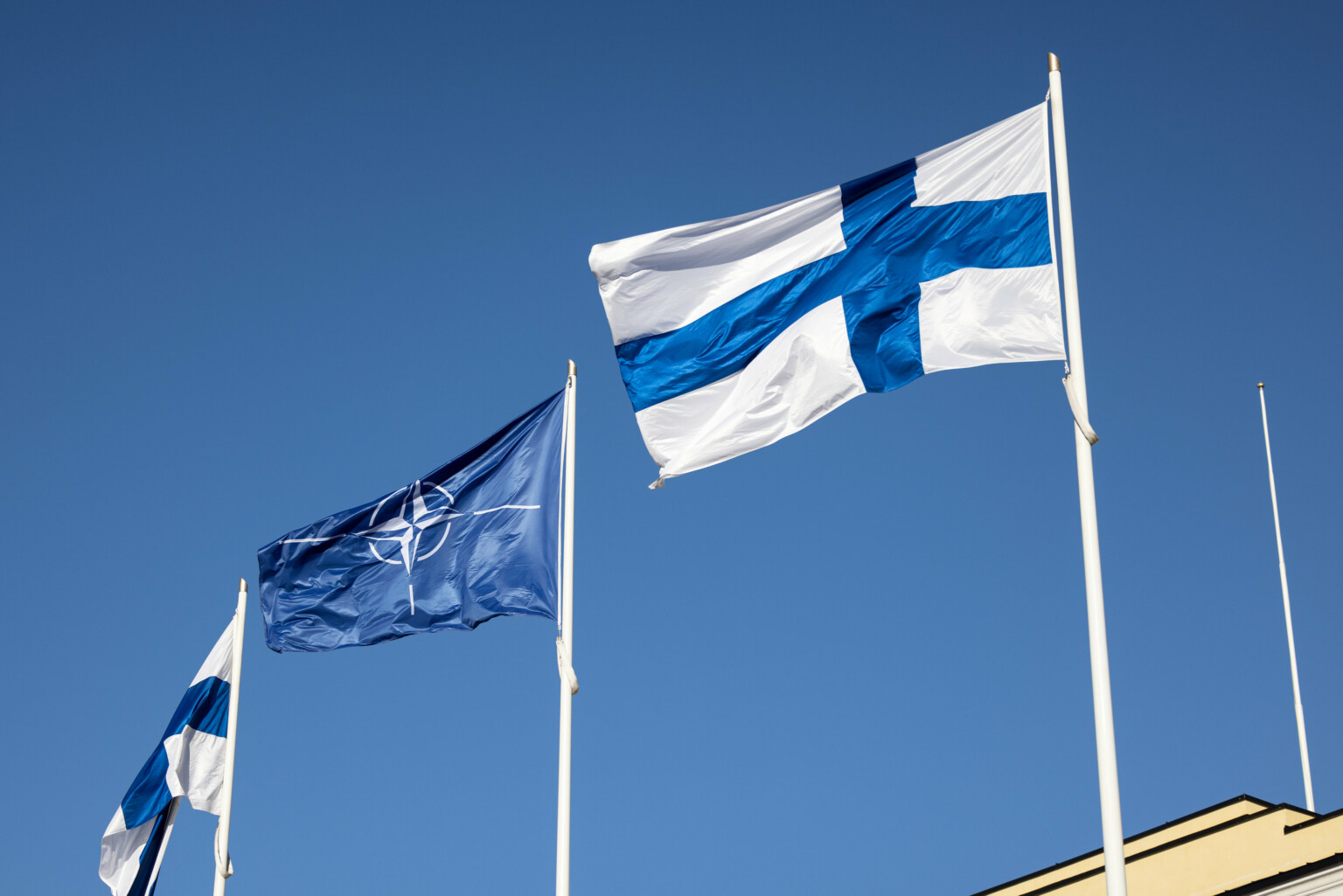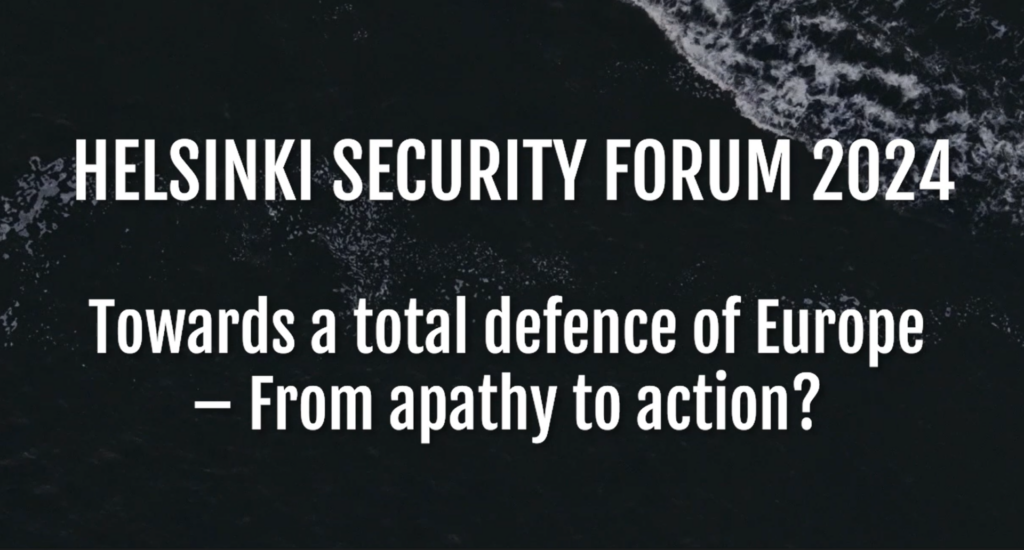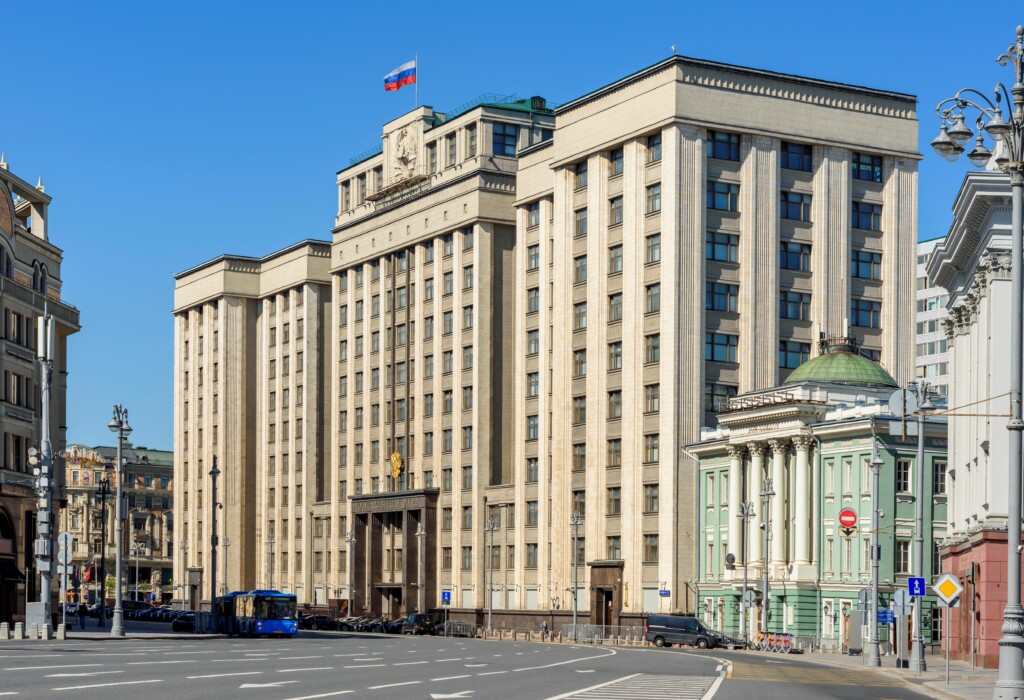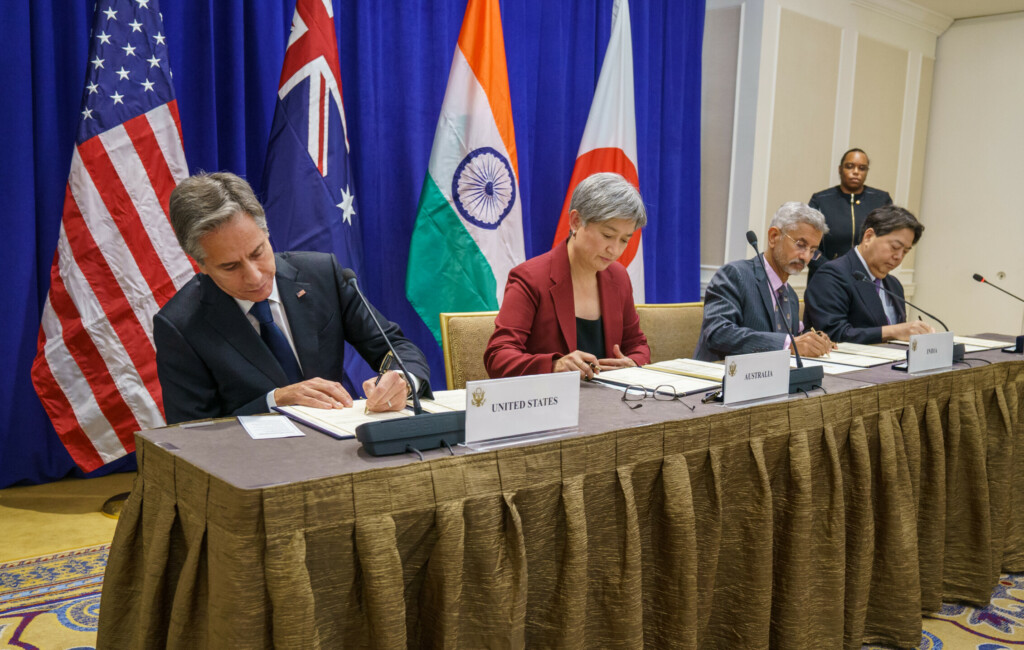Publications

Adapting Finnish defence to NATO membership and the changed security situation
Finnish defence is developed in a long-term, systematic and holistic manner. In addition to monitoring and safeguarding territorial integrity and maintaining constant defence readiness, we have always prepared for situations like the ongoing war in Ukraine, where the scope, duration and multidimensional nature of the conflict will seriously challenge defender’s capabilities and resilience. To meet the demands of the changed security environment, Finland’s defence is now being enhanced with an accelerated schedule and additional resources.
Since Finland was invited to NATO, the focus has been on adapting Finnish defence to the Alliance and contributing to the work aimed at strengthening NATO’s deterrence and defence. Finland has a good foundation for membership after decades of close partnership with NATO. Our defence is now based on strong national capabilities as part of NATO’s collective deterrence and defence. However, switching into NATO membership is not just a simple “plug in the wall” trick. As a partner, Finland did not participate in NATO’s most important mission, deterrence and defence. All NATO nations share the risks, responsibilities and benefits of joint defence.
It is fair to say that the implementation of NATO membership is the most significant change in Finnish defence since the Second World War.
It is fair to say that the implementation of NATO membership is the most significant change in Finnish defence since the Second World War. The entire setup changes: We are developing our own defence capabilities as part of NATO’s framework and structures. We do it from a national standpoint, but together with our allies and by taking into account the common goals and objectives agreed NATO.
Membership has a cross-cutting effect on all areas of the Finnish defence system. The practical effects of joining NATO are especially aimed at the defence administration and require years of work touching upon defence policy and the defence system, additional personnel and resources, legislation and information management. Implementation of the changes required by NATO membership – along with a significant deterioration of the security environment – carry also significant costs. For the coming years, we have committed to maintaining defence spending at least on the level of 2% of GDP.
This said, the fundamentals of Finnish defence will remain unchanged. General conscription remains the foundation of our defence. It continues to be based on a large, well-trained wartime reserve, which creates both territorial coverage and operational capability for our defence in a long-lasting or large-scale crisis. The importance of these attributes has become immensely clear in following the war in Ukraine.
The conscription system also links to the strong will to defend our country. Finland continues to provide opportunities for its citizens to do their share in maintaining national security and defence. Active participation creates knowledge and understanding, as well as general confidence in our national defence. This is also related to the effort to increase the number of women applying for voluntary military service, which is one of the current government’s goals. In Finland, defence is everyone’s business.
Russia’s military aggression against Ukraine has not only marked the dramatic return of territorial warfare in Europe. It has also revealed that the production capacity of the Transatlantic Defence Technological and Industrial Base, which has been tailored to respond primarily to limited, peacetime needs. Now, the defence industry is faced with a surge in demand and the need to produce higher volumes at a faster pace.
Coordination of EU and NATO efforts is important in responding to this challenge. The EU has responded to Russia’s war of aggression against Ukraine with a three-track approach, consisting of delivery of defence material, encouraging joint procurement of ammunition for Ukraine and financial support for increased production of those defence products that Ukraine needs most.
Using supplementary funds, Finland has initiated procurement processes for additional critical materiel, especially ammunition. At the same time, we are systematically exploring options for increasing industrial production capacity.
We also need to carry on investing in research and development (R&D). This is a necessity in order to produce up-to-date defence systems for the future. Finland’s solid foundation in many critical technology domains provides plenty of dual-use potential for supporting defence needs and enabling future innovations.
Finland has prepared a proposal for a Technology Accelerator providing expertise, ecosystem services, and supporting test centers for NATO’s DIANA innovation initiative. The Finnish proposal focuses on two spearhead areas in particular: next generation communication systems, including 6G networks, as well as cutting-edge quantum technologies.
Finland is a country that has always taken her defence seriously and will continue to invest in it.
To sum up, Finland is a country that has always taken her defence seriously and will continue to invest in it. From now on, however, we will do this in cooperation with our allies. NATO’s ability to implement collective defence was reinforced at the Vilnius Summit, with a very clear message: NATO takes collective defence seriously. This is a fundamental national interest for Finland as NATO’s latest frontline country.
Adapting Finnish defence into NATO’s collective defence system will undoubtedly bring about change for both NATO and Finland. However, a number of key features in our security and defence will remain. The “Finnish recipe” is made up of a high level of trust and equality within the society, a strong democracy, focus on education and technological innovation, as well as a strategic culture for long-term planning. These will continue to be vital ingredients for our nation, as we manage our own defence and contribute to the collective security of the alliance.
Janne Kuusela is Director General of the Defence Policy Department at the Finnish Ministry of Defence.

Helsinki Security Forum 2024 addresses the need for European total defence
The third annual Helsinki Security Forum (HSF) will be held on 27–29 September 2024. This year’s conference is titled Towards...

for HSF Blog
Rejecting Russian Spheres of Influence
The EU has rejected the language of spheres of influence in favour of an international order based on common rules...

for HSF Blog
Reverberations in the Indo-Pacific of the War in Ukraine
Russia’s war of aggression against Ukraine has had significant ripple effects in Indo-Pacific security dynamics and ongoing great-power competition.
About the author
Janne Kuusela
Director General of the Defence Policy Department at the Finnish Ministry of Defence
Janne Kuusela is Director General of the Defence Policy Department at the Finnish Ministry of Defence.